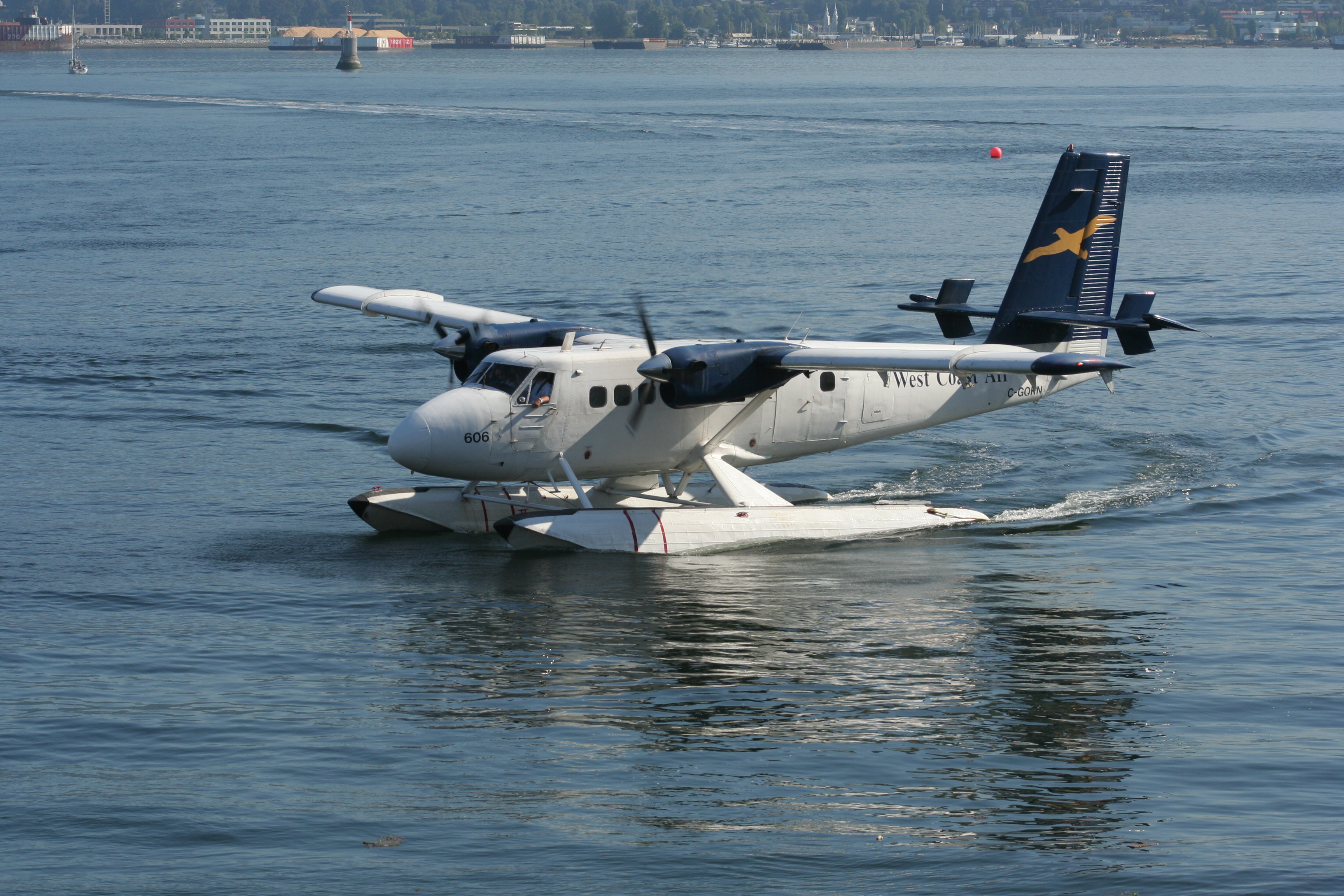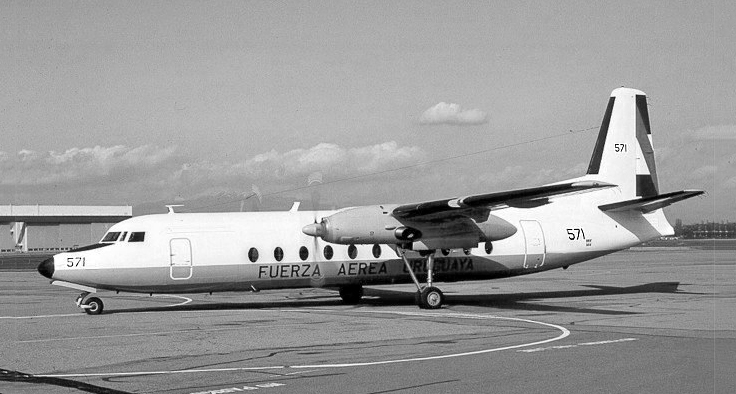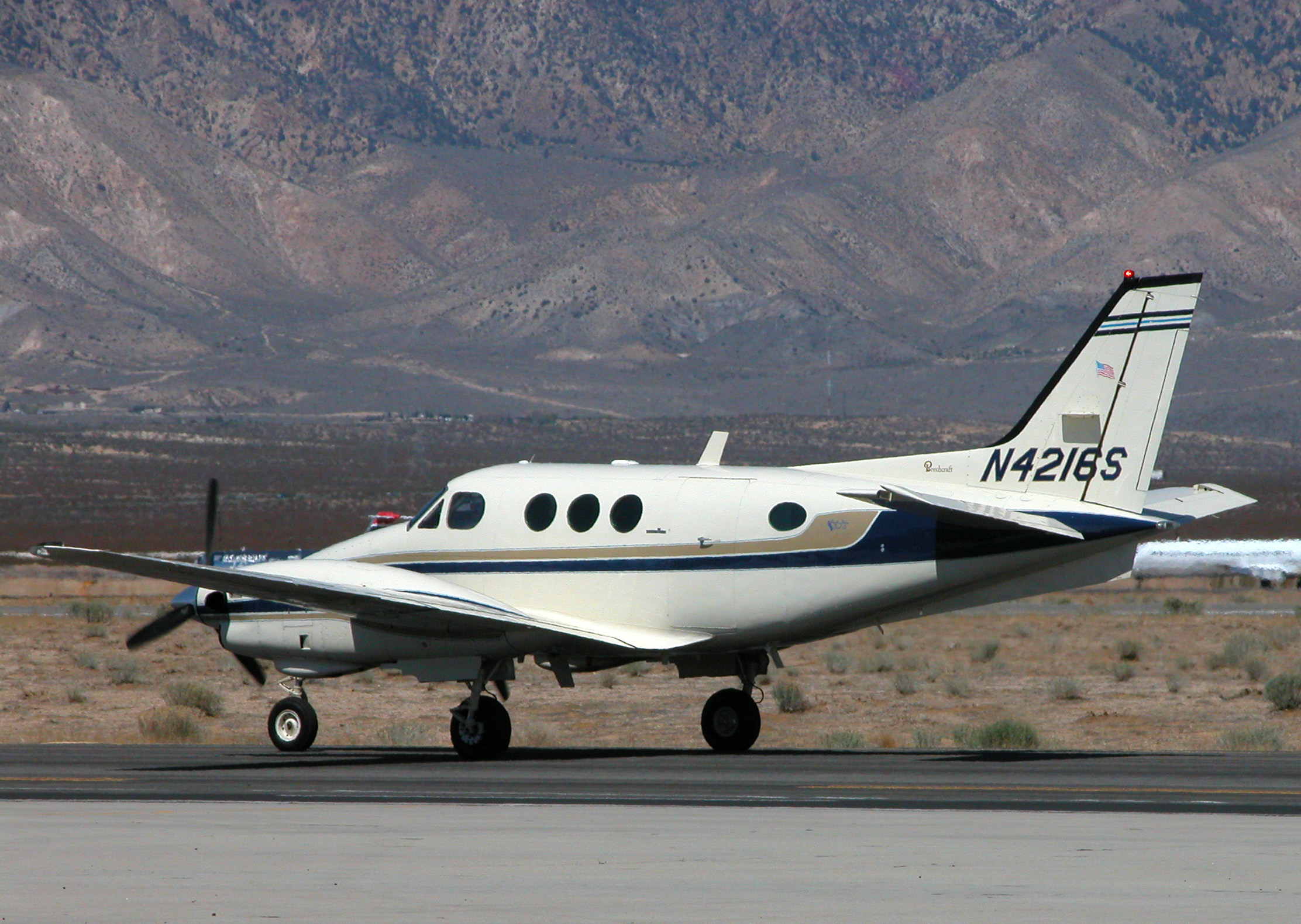|
Norcanair
Norcanair was the name of a Canadian airline that existed from 1947 to 1987, and again briefly in the early 1990s and from 2001 to 2005. History Norcanair traces its history back to M&C Aviation, founded in Saskatoon, Saskatchewan, in 1930 by private pilots Richmond Mayson and Angus Campbell. Moving soon to Prince Albert, this bush-flying firm survived the Great Depression by concentrating on carrying prospectors and travelers into Saskatchewan's heavily forested north. When the Second World War broke out, the firm's technical expertise was put to work running an overhaul facility in Prince Albert that maintained aircraft used by the British Commonwealth Air Training Plan. M&C Aviation Richmond "Dick" Mayson owned an aircraft in the late 1920s, a Stinson CF-AFF, when he met airframe engineer Angus Campbell, taught him to fly, and they became partners. Their first commercial activity was barnstorming, flying in to agricultural fairs ins Saskatchewan and taking people for airplan ... [...More Info...] [...Related Items...] OR: [Wikipedia] [Google] [Baidu] |
Bristol Freighter
The Bristol Type 170 Freighter is a British twin-engine aircraft designed and built by the Bristol Aeroplane Company as both a freighter and airliner. Its best known use was as an air ferry to carry cars and their passengers over relatively short distances. A passenger-only version was also produced, known as the Wayfarer. It was powered by twin 2000 hp 14-cylinder piston engines matched to 4-bladed propellers. It had wide opening clamshell doors on the nose, and with a high-set flight deck, this allowed full access to the cargo bay, including the ability to drive a vehicle directly in via a ramp. The Freighter was developed during the Second World War, having attracted official attention from the British Air Ministry. They sought the development of a rugged aircraft capable of carrying various cargoes, including a 3-ton truck. Various changes to the design were made to accommodate their requirements, but it was completed too late to participate in the conflict; its first fli ... [...More Info...] [...Related Items...] OR: [Wikipedia] [Google] [Baidu] |
De Havilland Canada DHC-6 Twin Otter
The de Havilland Canada DHC-6 Twin Otter is a Canadian STOL (Short Takeoff and Landing) utility aircraft developed by de Havilland Canada in the mid-1960s and still in production today. Built by De Havilland Canada from 1965 to 1988, Viking Air purchased the type certificate and restarted production in 2008, before re-adopting the DHC name in 2022. In 2023, DHC started production of the 300-G, an upgraded version of the Series 400 with Garmin avionics. The aircraft's fixed tricycle undercarriage, STOL capabilities, twin turboprop engines and high rate of climb have made it a successful commuter airliner, typically seating 18–20 passengers, as well as a cargo and medical evacuation aircraft. In addition, the Twin Otter has been popular with commercial skydiving operations, and is used by the United States Army Parachute Team and the 98th Flying Training Squadron of the United States Air Force. Design and development Development of the aircraft began in 1964, with th ... [...More Info...] [...Related Items...] OR: [Wikipedia] [Google] [Baidu] |
De Havilland Canada DHC-2 Beaver
The de Havilland Canada DHC-2 Beaver is a single-engined high-wing Propeller (aircraft), propeller-driven STOL, short takeoff and landing (STOL) aircraft developed and manufactured by de Havilland Canada. It has been primarily operated as a bush plane and has been used for a wide variety of utility roles, such as cargo and passenger hauling, aerial application (crop dusting and aerial topdressing), and civil aviation duties. Shortly after the end of the Second World War, de Havilland Canada decided to orient itself towards civilian operators. Based on feedback from pilots, the company decided that the envisioned aircraft should have excellent STOL performance, all-metal construction, and accommodate many features sought by the operators of bush planes. On 16 August 1947, the maiden flight of the aircraft, which had received the designation ''DHC-2 Beaver'', took place. In April 1948, the first production aircraft was delivered to the Ministry of Natural Resources and Forestry, ... [...More Info...] [...Related Items...] OR: [Wikipedia] [Google] [Baidu] |
Convair 640
The Convair CV-240 is an American airliner that Convair manufactured from 1947 to 1954, initially as a possible replacement for the ubiquitous Douglas DC-3. Featuring a more modern design with cabin pressurization, the 240 series made some inroads as a commercial airliner, and had a long development cycle that produced various civil and military variants. Though reduced in numbers by attrition, various forms of the "Convairliners" continue to fly in the 21st century. Design and development The design began with a requirement by American Airlines for an airliner to replace its Douglas DC-3s. Convair's original design, the unpressurised Model 110, was a twin-engine, low-wing monoplane of all-metal construction, with 30 seats. It was powered by Pratt & Whitney R-2800 Double Wasp radial engines. It had a tricycle landing gear, and a ventral airstair for passenger boarding. The prototype Model 110, registration NX90653, first flew on July 8, 1946. By this time, American Airline ... [...More Info...] [...Related Items...] OR: [Wikipedia] [Google] [Baidu] |
Fairchild F-27
The Fairchild F-27 and Fairchild Hiller FH-227 are versions of the Fokker F27 Friendship twin-engined, turboprop, passenger aircraft formerly manufactured under license by Fairchild Hiller in the United States. The Fairchild F-27 was similar to the standard Fokker F27, while the FH-227 was an independently developed, stretched version. Design and development The Fokker F27 began life as a 1950 design study known as the P275, a 32-seater powered by two Rolls-Royce Dart turboprops. With the aid of Netherlands, Dutch government funding, the P275 evolved into the F27, which first flew on November 24, 1955. The first prototype was powered by Dart 507s and would have seated 28. To correct a slight tail heaviness and to allow for more seats, the second prototype (which first flew in January 1957) had a fuselage, which allowed seating for 32. By this stage, Fokker had signed an agreement that would have Fairchild build Friendships in the U.S. as the F-27. The first aircraft of e ... [...More Info...] [...Related Items...] OR: [Wikipedia] [Google] [Baidu] |
Saskatchewan
Saskatchewan is a Provinces and territories of Canada, province in Western Canada. It is bordered on the west by Alberta, on the north by the Northwest Territories, on the east by Manitoba, to the northeast by Nunavut, and to the south by the United States (Montana and North Dakota). Saskatchewan and neighbouring Alberta are the only landlocked provinces of Canada. In 2025, Saskatchewan's population was estimated at 1,250,909. Nearly 10% of Saskatchewan's total area of is fresh water, mostly rivers, reservoirs, and List of lakes in Saskatchewan, lakes. Residents live primarily in the southern prairie half of the province, while the northern half is mostly forested and sparsely populated. Roughly half live in the province's largest city, Saskatoon, or the provincial capital, Regina, Saskatchewan, Regina. Other notable cities include Prince Albert, Saskatchewan, Prince Albert, Moose Jaw, Yorkton, Swift Current, North Battleford, Estevan, Weyburn, Melfort, Saskatchewan, Melfort, ... [...More Info...] [...Related Items...] OR: [Wikipedia] [Google] [Baidu] |
Crown Corporation
Crown corporation () is the term used in Canada for organizations that are structured like private companies, but are directly and wholly owned by the government. Crown corporations have a long-standing presence in the country, and have a significant economic impact, with commercial operations equivalent to 7% of Canadian GDP. Crown corporations are created to advance government policy objectives. Often they provide services to the public that are not economically viable for a private enterprise, or that do not fit exactly within the scope of any ministry. They represent a form of state-owned enterprise. Crown corporations are established by an Act of Parliament, act of parliament or an act of a provincial legislature. Federal government Crowns report to the relevant Minister of the Crown, minister in Cabinet of Canada, Cabinet, though they are "shielded from constant government intervention and legislative oversight" and thus "generally enjoy greater freedom from direct pol ... [...More Info...] [...Related Items...] OR: [Wikipedia] [Google] [Baidu] |
Beechcraft King Air
The Beechcraft King Air is a line of American utility aircraft produced by Beechcraft. The King Air line comprises a number of twin-turboprop models that have been divided into two families. The Model 90 and 100 series developed in the 1960s are known as King Airs, while the later T-tail Model 200 and 300 series were originally marketing, marketed as Beechcraft Super King Air, Super King Airs, with the name "Super" being dropped by Beechcraft in 1996 (although it is still often used to differentiate the 200 and 300 series King Airs from their smaller stablemates). The King Air was the first aircraft in its class and was produced continuously from 1964 to 2021. It outsold all of its turboprop competitors combined. It has recently faced competition from light jet aircraft such as the Embraer Phenom 100, Honda HA-420 HondaJet and Cessna Citation Mustang; as well as from newer turboprop aircraft including the Piaggio P180 Avanti, and single-engine Piper Malibu Meridian, Pilatus P ... [...More Info...] [...Related Items...] OR: [Wikipedia] [Google] [Baidu] |
Hughes Air West
Hughes Air Corporation, doing business as Hughes Airwest, was a local service carrier from 1970 to 1980 in the Western United States. It was backed by Howard Hughes' Summa Corporation. Its original name in 1968 was Air West and the air carrier was owned by Nick Bez. Hughes Airwest flew routes in the western U.S. and to several destinations in Mexico and Canada; its headquarters were on the grounds of San Francisco International Airport (SFO) in unincorporated San Mateo County, California. With distinctive all-yellow aircraft, the company slogan was ''Top Banana in the West''; Hughes Airwest was purchased by Republic Airlines in 1980, which in turn was merged into Northwest Airlines in 1986. Northwest Airlines was then merged into Delta Air Lines in 2010. History On April 17, 1968, three earlier local service carriers in the western U.S. merged to form Air West: * Pacific Air Lines, which previously operated as Southwest Airways when it was founded in 1941, was based in San ... [...More Info...] [...Related Items...] OR: [Wikipedia] [Google] [Baidu] |
Manitoba
Manitoba is a Provinces and territories of Canada, province of Canada at the Centre of Canada, longitudinal centre of the country. It is Canada's Population of Canada by province and territory, fifth-most populous province, with a population of 1,342,153 as of 2021. Manitoba has a widely varied landscape, from arctic tundra and the Hudson Bay coastline in the Northern Region, Manitoba, north to dense Boreal forest of Canada, boreal forest, large freshwater List of lakes of Manitoba, lakes, and prairie grassland in the central and Southern Manitoba, southern regions. Indigenous peoples in Canada, Indigenous peoples have inhabited what is now Manitoba for thousands of years. In the early 17th century, English and French North American fur trade, fur traders began arriving in the area and establishing settlements. The Kingdom of England secured control of the region in 1673 and created a territory named Rupert's Land, which was placed under the administration of the Hudson's Bay ... [...More Info...] [...Related Items...] OR: [Wikipedia] [Google] [Baidu] |
Winnipeg
Winnipeg () is the capital and largest city of the Provinces and territories of Canada, Canadian province of Manitoba. It is centred on the confluence of the Red River of the North, Red and Assiniboine River, Assiniboine rivers. , Winnipeg had a city population of 749,607 and a metropolitan population of 834,678, making it Canada's List of the largest municipalities in Canada by population, sixth-largest city and List of census metropolitan areas and agglomerations in Canada, eighth-largest metropolitan area. The city is named after the nearby Lake Winnipeg; the name comes from the Cree language, Western Cree words for 'muddy water' – . The region was a trading centre for Indigenous peoples in Canada, Indigenous peoples long before the European colonization of the Americas, arrival of Europeans; it is the traditional territory of the Anishinaabe (Ojibway), Ininew (Cree), Oji-Cree, Dene, and Dakota people, Dakota, and is the birthplace of the Métis people in Canada, Métis ... [...More Info...] [...Related Items...] OR: [Wikipedia] [Google] [Baidu] |








